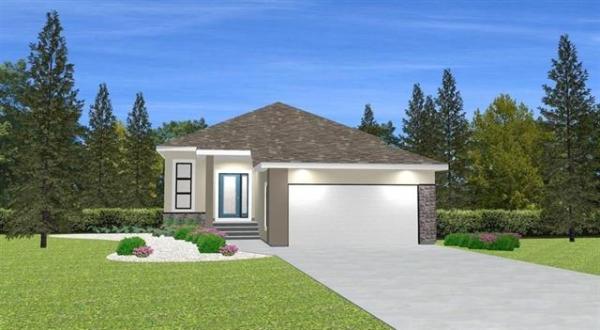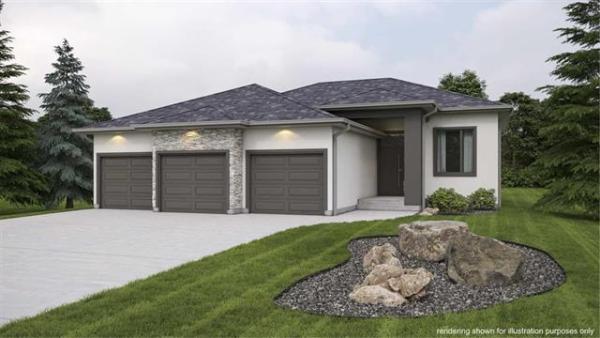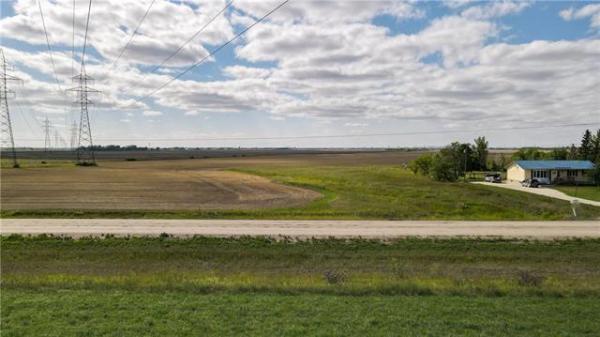Question: Two weeks ago, I had a new air conditioner installed, because the old one was giving us loads of problems. And just a couple of days ago, our blower fan stopped working. We had the same guys come back and check it out. We were told that we should buy a new furnace, because replacing the blower fan for this particular model of furnace wouldn’t be worth it. We currently have a mid-efficiency furnace. It all seems awfully fishy, although they are saying it’s just a coincidence and they can’t do anything about it. Are we being taken for a ride here? Any thoughts or suggestions would be helpful.
Thank you so much,
Kohen K.
Answer: Replacement of major parts on older furnaces is not normally a good investment, due to the limited time remaining on the rest of the components, that may also fail shortly. You may be able to ensure that you are not just being upsold by calling in a neutral third party, or the gas utility, to verify the problem and agree with or contradict the opinion of the initial HVAC contractor.
Upgrading to a newer high-efficiency furnace, from your current mid-efficient model, will make sense, as long as the original furnace is not less than 15 years old. They have not manufactured the approx. 80% efficient older ones for about that long, so it is doubtful that yours is newer. If it is over 20 years old, it is certainly nearing the end of its typical life expectancy, anyway. Putting in a new blower or motor, at a cost of up to $1000, is not money well spent. That would be compounded by the loss savings on natural gas, as all new furnaces should exceed 90 per cent efficiency and many claim to be 95 per cent or higher. What that means is that more than 90 per cent of the fuel is directly converted to heat, so very little is wasted. The savings will not only be in your pocketbook, but also for the environment, with lower carbon emissions.
It is possible that the installation of the new air conditioner (A/C) did have a negative impact on the older blower or motor. The inside coil for the A/C would have to be removed and replaced, along with the refrigerant lines. This requires cutting or removing a section of the metal plenum, which is attached to the furnace cabinet. Sometimes that will be completely detached from the furnace, to allow for installation of new ducting that will better accommodate the new coil. That process can cause the furnace to move, or be jostled about, possibly dislodging or loosening something on the blower or motor. If those parts were already deteriorated, that could push them over the edge, and cause a failure. It may take a few days or weeks to notice that defect, especially if the A/C technician did not inspect the blower and ensure it was still serviceable.
Unfortunately, it may be impossible to blame the damage to the blower on the HVAC contractor, due to the age and unknown condition before they showed up. If there was a subtle to loud wining noise when the blower started up, then typical age-related damage to the bearings is likely. This can often be detected by a slow start-up of the blower, and/or very quick shut down, once the heating cycle is complete. There may also be a chance that worn wiring connections, or deteriorated wires, were further damaged during the new upgrade, causing the problem. However, that should be a moderately easy repair and not require blower replacement. Alternatively, if the electronic controls for the furnace are the cause of the malfunction, it may be a similar scenario to a worn-out blower. It may not be worth the money diagnosing the problem, and certainly not a good bang-for-the-buck putting in any new parts. You may be able to verify what the HVAC contractor is saying by hiring another neutral technician to check the system. Also, Manitoba Hydro may provide this complimentary service, as a courtesy, to make sure their customer is not being taken advantage of.
Not only will the new furnace be a lower cost to run, it should improve the entire performance of your HVAC systems in the home. Due to advancements in furnace designs and components, it will provide better airflow for heating, and slightly lower gas bills. It will also make the new air conditioner work more effectively in cooling the home. That is because the new blower should deliver a much larger volume of air through the ducts, especially since the older one was deteriorated. In fact, poor airflow across the cooling coil can cause it too freeze up, or otherwise provide improper cooling for your house. In the worst-case scenario, the poorly working old blower may have contributed to the A/C unit’s premature failure. That is a likely candidate for some of the causes of the “loads of problems” you noted.
It may take a long time for the energy savings from upgrading your furnace to pay back the cost of replacement, but it will still be money wisely spent. Lower energy costs, better heat and cooling distribution, and less stress on the new A/C system are all good reasons to change your furnace. Even if the HVAC contractor is not being completely transparent in their role in the demise of your old blower, upgrading the furnace is the better choice, rather than trying to fix the old unit. Perhaps asking for a discount on the cost of replacement, due to the timing of the problems, may be a better approach that will lighten the load on your bank account.
Replacing an older furnace at the same time as the A/C system makes a lot of sense, but is certainly necessary due to the malfunction of the older blower. Calling another HVAC contractor for their opinion, or Manitoba Hydro for a neutral evaluation, should help ease your mind that replacement is the proper course of action to take.
Ari Marantz is the owner of Trained Eye Home Inspection Ltd. and a Registered Home Inspector (RHI)(cahpi.ca). Questions can be emailed to the address below. Ari can be reached at 204-291-5358 or check out his website at trainedeye.ca.
trainedeye@iname.com



